USA and Canada
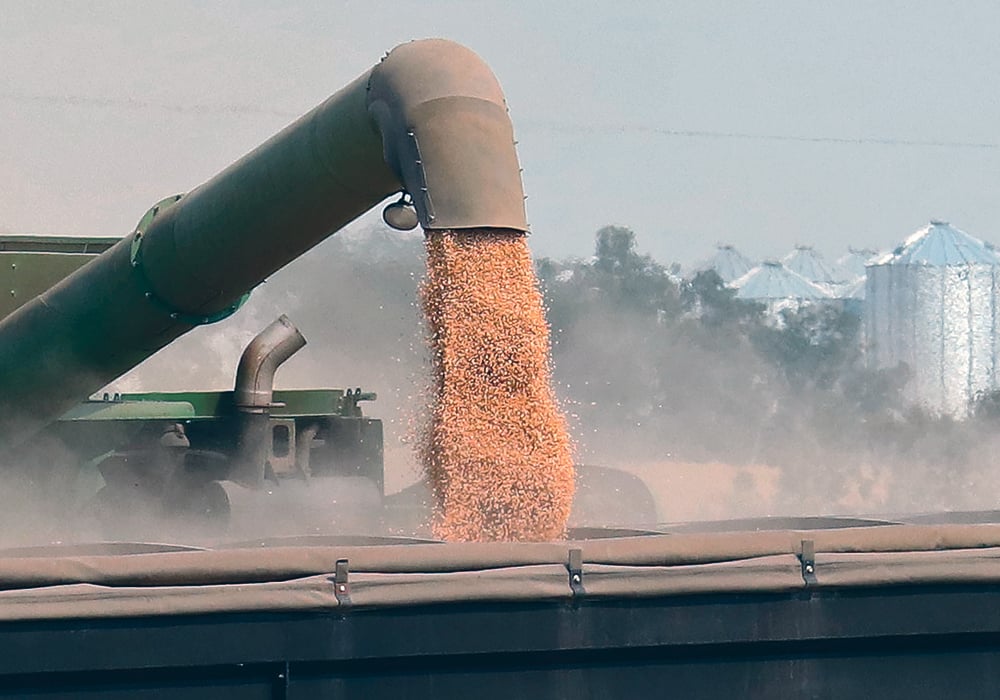
Plant-based food advocates tout sector’s potential
Reports of the death of the plant-based protein industry were grossly exaggerated, according to industry proponents.
Major U.S. newspapers have reported that the 10-year plant-based protein fad is over, pointing to ominous signals such as the 80 percent plunge in Beyond Meat’s share price and meat giant JBS terminating its Planterra business.
Murad Al-Katib, president of AGT Food and Ingredients, said reporters are mistakenly drawing conclusions on the long-term viability of an industry based on a “snapshot” of one segment of that industry.
“First of all, there was never a fad here,” he told delegates attending the Plant Forward conference hosted by Protein Industries Canada, Pulse Canada and Plant-Based Foods of Canada.
Read More…
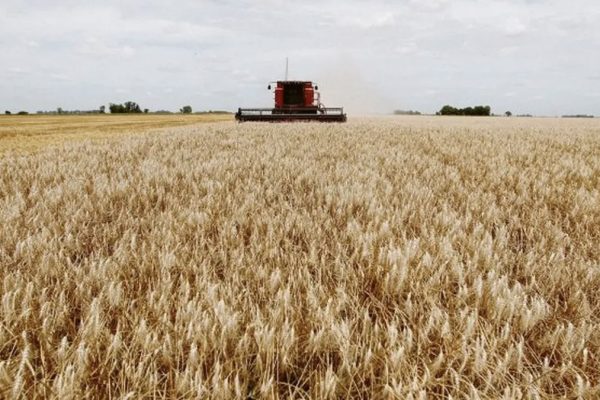
Black Sea Grain Initiative Extended: What Does it Mean for U.S. Exports?
Grain exports will continue to flow out of the Black Sea region, according to news from United National Secretary General Antonio Guterres on Thursday that a deal was reached. The U.N. helped to broker the original agreement along with Turkey, which was due to run out this weekend. The U.N. reports more than 11 million tons of ag product has been moved from the region adding up to more than 520 shipments.
The Black Sea Grain Initiative has been extended for 120 days from Nov. 18, without any changes. The deal will facilitate safe navigation for Ukrainian exports of grain, foodstuffs and fertilizers from Black Sea ports to continue.
The deal is bearish for U.S. corn and wheat exports, which are already lagging. Ukrainian corn and wheat prices are being offered at substantially lower prices than the U.S. making us less competitive in the global market.
Read More…
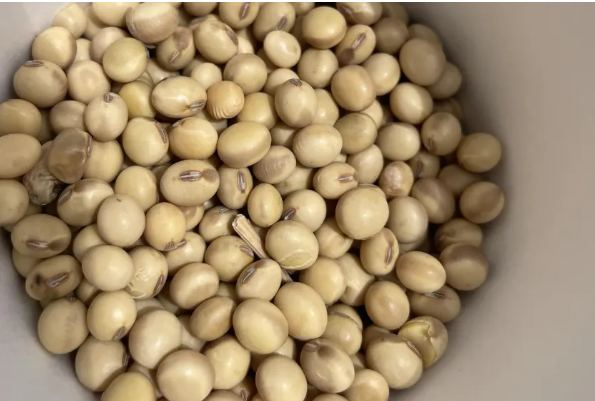
Off-color soybeans prompt USDA to take comments on changing standards
WASHINGTON — With an increase in off-color soybeans , the U.S. Department of Agriculture will begin taking comments on possible changes to the grading standards for soybeans.
USDA’s Agricultural Marketing Service on Nov. 8 announced that the Federal Grain and Inspection Service will publish a proposed rule seeking public comment on a proposal to change the U.S. standards for soybeans to address “Soybeans of Other Colors” or SBOC.
Agricultural Marketing Service will publish this proposed rule on the Federal Register and will take comments at that time. It has not said when the comment period will open.
Under the authority of federal law, USDA established the soybean standards to help in the marketing of soybeans. Color has served as a grading factor for determining soybean quality. The Federal Grain and Inspection Service said color could be considered an informational factor that does not impact soybean grade determinations.
Read More …

Canadian canola remains strong as international exports increase
Southern Alberta farmer Joseph McKee said his canola did alright but the dry spring and hot summer did take a toll on crops.
 “The canola took that heat spell, that heat wave pretty tough and so the crops looked really good but final yields were a little bit off from what we were hoping for,” added McKee.
“The canola took that heat spell, that heat wave pretty tough and so the crops looked really good but final yields were a little bit off from what we were hoping for,” added McKee.
Ian Chitwood with the Alberta Canola Producers Commission said that was the general feedback from producers across the province. However, strong demand for canola has kept the price high.
He said five years ago, growers were getting $15 to $16 a bushel, then it peaked earlier this year around $23 a bushel. But the cost of diesel fuel, fertilizer, herbicides and equipment has skyrocketed, cutting into profits.
“Canola is a very high input crop, it requires a lot of nitrogen, and it requires a lot of care. So despite good prices, we are being squeezed,” said Chitwood.
Read more…
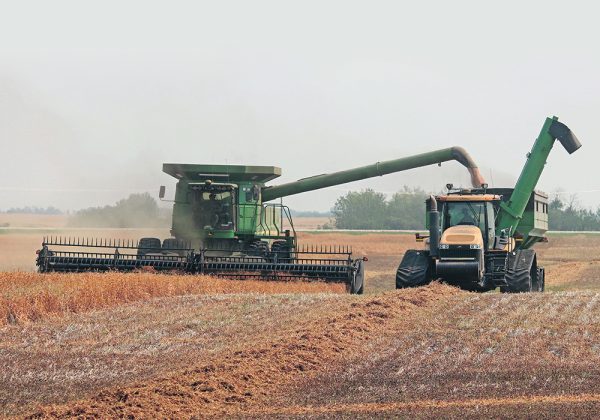
Canada relinquishes pea crown
New Zealand
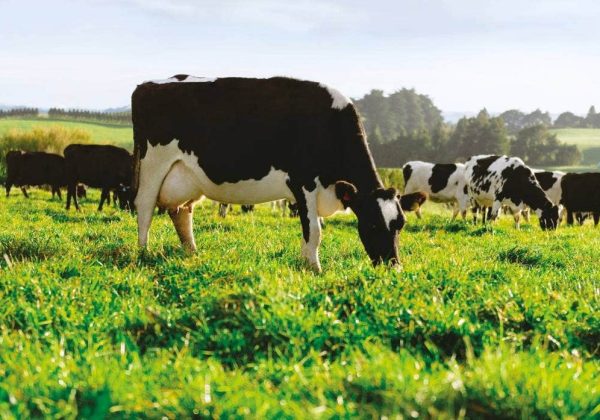
Fears milk from hemp-fed cows could make people drowsy
Cows appear to get stoned and produce milk which could make people sleepy after eating hemp feed, a new study suggests.
The recent legalisation of cannabis in many countries, and US states, has triggered a booming industry of hemp (cannabis sativa) products and byproducts, including animal feeds.
But there has been little research to find whether the animals experience unwelcome physiological effects, and whether any of the psychoactive properties of cannabis could be passed on to humans.
To find out, researchers at the German Federal Institute of Risk Assessment gave cannabinoid-rich industrial hemp silage to 10 dairy cows. Germany is in the process of legalising the cultivation and possession of cannabis.
They discovered that animals showed significant behavioural changes, including increased yawning, salivation, tongue play and unsteady movements.
Read More here...

Why are corporate agriculture profits so high while farmers and consumers feel the pinch?
Farmers are feeling record cost pressures to grow food, and consumers are paying more for food than ever, but why do food and agriculture export companies continue to make large profits?
Earlier this year Stats NZ said farm expenses were at the highest level since records began in 1993.
Food prices increased by their largest jump in 14 years in October, up 10.1% year-on-year, Stats NZ data showed. Fruit and vegetables alone were up 17%.
But companies keep making profits despite, their farmer suppliers facing extreme costs and consumers pressed from all sides.
Here’s a look at some of the biggest food exporters and some of the reasons they continue to do so well, despite domestic pressures.
Read More here…
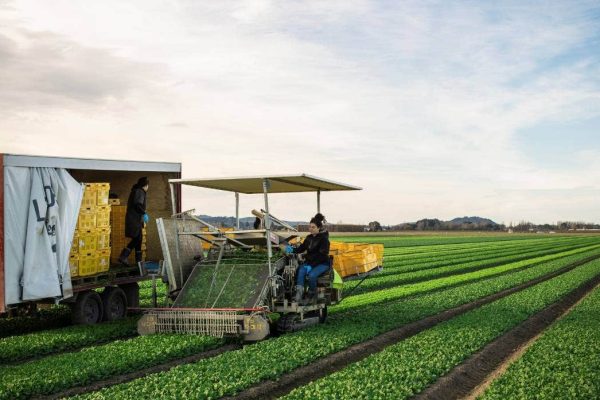
Summer will bring cheaper vegetables, grower promises
The cost of vegetables and leafy greens is set to come down as the summer months bring better growing conditions on farms, one grower says.
Leaderbrand chief executive Richard Burke said, as the weather improved, there was more volume of vegetables being grown that could be sold at lower prices.
Leaderbrand grows broccoli, lettuce, sweetcorn, squash, and leafy greens that are used to make things like packaged salads.
Burke said there had been a lot of talk lately about food prices driving inflation, and fresh produce being a big part of that.
Food prices increased by their largest jump in 14 years in October, up 10.1% year-on-year, Stats NZ data showed. Fruit and vegetables were up 17%
Read More here…
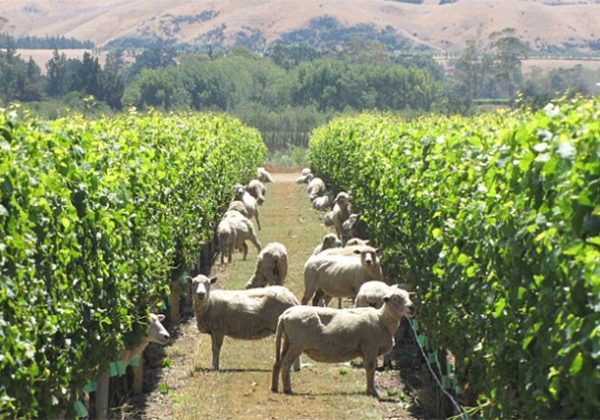
Guy Trafford looks at the varying prospects in the dairy and sheep & beef sectors, watching price signals diverge
The pricing signals coming back to farmers is a ‘tale of two sectors’. The latest GDT dairy result has, finally, turned around the ongoing falls that had afflicted products. But the rumours that lamb would stay at $9.0 per kg up until Christmas have been well and truly put to bed.
Firstly, the GDT auction results lifted by 2.4%; Westpac are giving credit for the lift to the fact that China are beginning to lift the restraints placed around their society and in particular the loosing of post travel covid quarantine times.
Personally, I think it is a bit premature to lay too much of the lift on this, as while travellers arriving in China will spend less time in quarantine under changes to sweeping anti-virus controls announced Friday to reduce disruptions to the economy and society, the announcement came as an upsurge in COVID-19 cases prompted Beijing to close parks and impose other restrictions. The country reported 10,729 new cases, and more than 5 million people were confined to their homes in the southern manufacturing hub of Guangzhou and the western megacity of Chongqing.
Read More here…
Australia
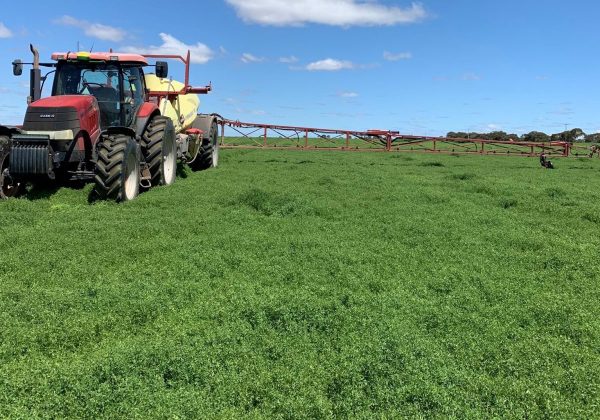
Pulse Update: Rain delays stymie volume trade
UNCERTAINTY about the timing of southern Australia’s pulse harvest is keeping volume trade to a minimum, with growers wary about overcommitting on volume and quality, and traders following suit.
While Queensland’s chickpea harvest is well advanced, harvest of pulses in all states is running at least two weeks late due to unusually mild weather and successive rain events.
In later crops, rain is still building yield, as well as creating some management challenges for growers needing to continue fungicide applications to keep disease at bay in universally damp conditions.
Australia is one of the world’s biggest exporters of chickpeas, faba beans, lentils and lupins, and markets are waiting for a clearer picture on what volume and quality will be exported, and when.
AGT Foods Australia senior trader Mitchell Elks said importer interest was abnormally subdued for this time of year.
Read more here
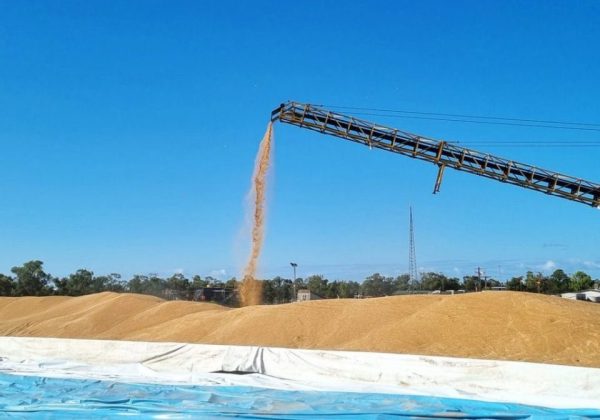
GrainCorp intake hits 1.7Mt after mostly fine week
HARVEST in eastern Australia has gathered pace in recent days amid some fine weather, where deliveries into the GrainCorp network have jumped from 1.1 million tonnes (Mt) as of Wednesday last week to 1.7Mt today.
In its second Harvest Update for 2022-23, eastern Australia’s biggest bulk handler by far said Central Queensland (CQ) growers were enjoying the biggest yields they have seen in more than a decade.
GrainCorp’s CQ sites have now received more 500,000t of grain, and are starting to shut to outload grain to create more capacity.
Also in Queensland, GrainCorp has reported good progress in its Goondiwindi and Western Downs clusters last week with improved weather.
Northern New South Wales sites across the Moree, Burren Junction and Narrabri regions have ramped up after favourable weather last week.
Read more here …
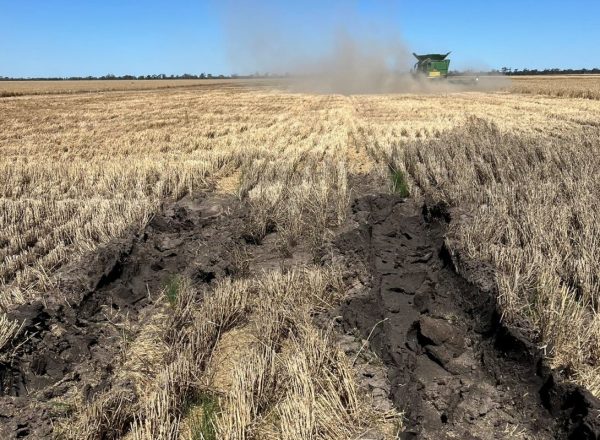
NSW growers prepare for late, wet harvest
NEW South Wales growers are feeling the pinch of widespread flooding and ongoing rain, with wet conditions downgrading grain quality, prolonging harvest and in worst cases, completely wiping out crops.
Despite significant, untimely rain throughout October and early November, most growers are still preparing to harvest crops in the coming weeks, much later than usual.
However, logistical issues such as road closures, access to storage, washouts, wet paddocks and damaged infrastructure are expected to make this harvest a difficult one.
AMPS agronomist Tony Lockrey said in the Moree district, growers with good drainage or sloped country would still be able to harvest 90 per cent of their crops this harvest, despite the significant amount of rain during October.
“Growers east of the Newell Highway will still be able to harvest most of their crop but they’ll be tip-toeing through it,” Mr Lockrey said.
Read mpore here…

Rain slows WA as receivals hit 3.9Mt: CBH
SEVERAL rainfall events have slowed the rate of harvest deliveries to Western Australian bulk handler CBH Group, with the company receiving 1.4 million tonnes (Mt) in the week ending November 20.
This brings the total deliveries to 3.9Mt, compared with 4.7Mt received this time last year.
CBH Group chief operations officer Mick Daw said rainfall events throughout most of the state over the past week had halted harvest in some areas.
“We have again had considerable rainfall across most of the state, with some areas throughout the central wheatbelt also reporting hail and loss of crop,” Mr Daw said.
“Despite this slow and frustrating start to the harvest period for both growers and our operations team, some of our sites have still managed to break daily receival records.
Read more here…
South America
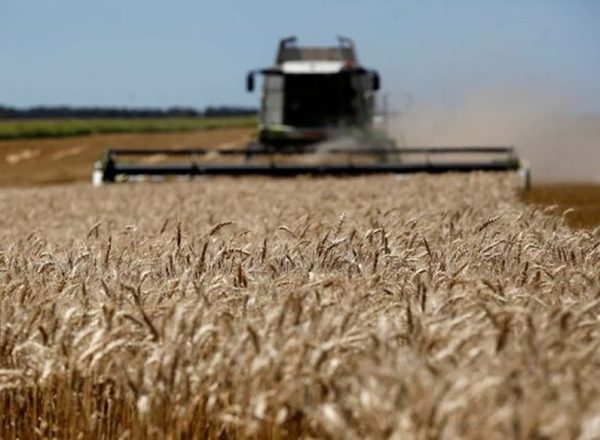
Argentina expected wheat production down drastically because of drought
The 2022/23 wheat harvest forecast in Argentina has been cut to 11.8 million tons, down from 13.7 million tons previously, the Rosario grains exchange said in its latest report, warning it could fall further amid a protracted drought that is causing great losses for farmers and foreign currency short Argentina.
Argentina is a major wheat exporter, but the current campaign is expected to be the worst in the last seven years.
“The current scenario that Argentine wheat is going through is one of enormous uncertainty, and there may continue to be further cuts,” the Rosario exchange warned.
The institution said its calculations took into account 5.9 million hectares planted with wheat and an area loss of 830,000 hectares.
If the situation persists it could be catastrophic for Argentine wheat production since on average good years the country harvests some 22 to 24 million tons, with an ample surplus to export.
Read more here…

Brazilian 2022 exports of soybean estimated to reach 78 million tons, and corn some 40 million tons
Brazil’s soybean exports are expected to reach 78 million tons this year, 9.3% down from 86.3 million tons in 2021, according to the grain exporters’ association Anec. But the figure is 2.5 million tons higher than the previous 75.5 million tons estimate for full-year soybean shipments.
Despite Brazil remaining as the world’s leading exporter of the oilseed, soybean shipments in November have been lowered to 2.3 million tons from the previous 2.4 million tons forecast. Still, the volume is 8.8% above the 2.1 million tons reached during the same month last year.
If exports come in as forecast, Brazil’s shipments will end November at 76.8 million tons behind 2021’s 86.6 million tons, concluded the ANEC soybean report.
November soy meal export projections have also increased and are now forecast at 1.5 million tons. The figure is 27.2% higher than last year’s 1.2 million tons exported in the same month.
Read more here
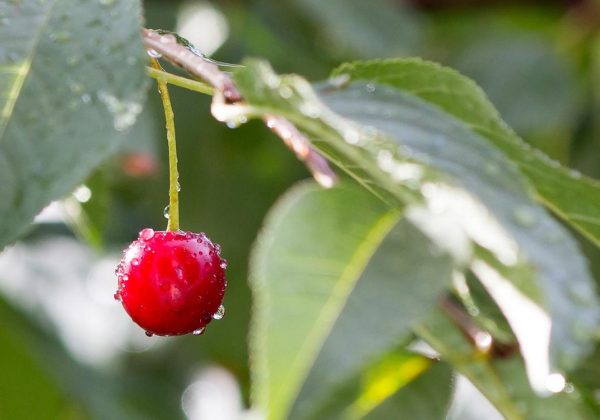
Impact of Weekend Rains on Chilean Fruit Crops Estimated Minimal
Last weekend, Saturday, Nov. 12 and Sunday, Nov. 13, central and southern regions of Chile were hit by rains, with the affected area stretching from Valparaíso to Los Lagos. Hail even fell in some areas in O’Higgins region.
According to data released by the Fruit Development Foundation (FDF) of Chile, during Nov. 12 to 13, central regions Valparaíso and Metropolitana recorded less than 4mm of rainfall, which indicates a light rain, while O’Higgins and Maule regions saw levels above 10mm (maximum 16.1mm and 19.6mm, respectively) which is generally considered a moderate rain. Southern regions registered heavy rain with a higher accumulated rainfall: Bio Bío accumulated up to 28.6mm, Araucanía up to 20.6mm and Los Ríos at least 19mm. The highest level of precipitation was observed in Ñuble region, reaching 35.1mm.
The president of the Chilean Fruit Exporters Association (ASOEX), Iván Marambio, and the head of the Federation of Fruit Producers of Chile (Fedefruta), Jorge Valenzuela, announced that the potential impact on the crops is estimated as minimal.
Read more here
Food Updates

UK food inflation continues to break records at 45-year high
Food and non-alcoholic beverage inflation has increased by 16.4 percent in the last 12 months, affecting the price of milk, cheese and eggs as well as branded products.
Labelling the increases as a “worrying upward trend”, Karen Betts, the Food and Drink Federation’s (FDF) Chief Executive, said: “Manufacturers continue to do what they can to contain price rises for shoppers, and we are very conscious of their impact on low income households in particular.
Read more here

Can GMOs and clean label co-exist?
According to Mordor Intelligence, the global clean label ingredients market is projected to grow at a CAGR of 6.75 percent, during the forecast period (2021-2026). The Mordor Intelligence report acknowledged that the COVID-19 pandemic had a significant effect on the clean label ingredient market. The buying behaviour of consumers changed; they have become even more cautious about their food and are eating healthier than usual. All the while, the global food industry continues to be dealing with current realities of inflationary pressures and supply chain constraints.
Read more here…

Making plant-based work for pastry chefs
Crafting the perfect pastry is a delicate artform dating back centuries. It’s believed that the ancient Egyptians, Greeks and Romans created honey cakes, dumplings and more with a basic filo-like pastry. Traditionally, pastry has been made with animal derived products, but fast forward to today and more and more modern consumers are turning to plant-based options – so what does this mean for pastry chefs who now have to alter their ingredients?
Plant-based butters have been on the supermarket shelves for a few years now, with options for consumers becoming more diverse, but for pastry chefs, Marike van Beurden, Co-founder of Be Better My Friend (BBMF), says choice has been limited…until now.
The Dutch-based company, which was set up by chef Beurden, alongside food scientist Pere Castells and global food strategist Joost Lindeman, claims to be the world’s first 100 percent plant-based butter dedicated to pastry chefs.
Read more here…

FDA releases powdered infant formula safety strategy
The US Food and Drug Administration (FDA) has released an outline of a prevention strategy that is under development to prevent Cronobacter sakazakii illnesses linked with the consumption of powdered infant formula.
What is Cronobacter sakazakii?
According to the Centers for Disease Control and Prevention (CDC), Cronobacter sakazakii is a germ that is found naturally in the environment, but it can live in dry foods such as powdered infant formula, powdered milk and herbal teas.
Although the CDC has said that illnesses relating to Cronobacter sakazakii are infrequent, it has noted that when they do occur, they can be deadly in infants.
Read more here…


